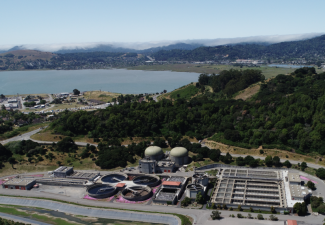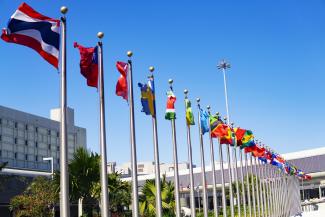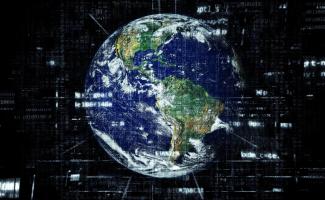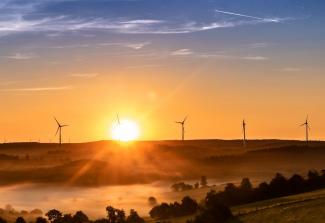COVID-19 and Gulf Resiliency



The United Nations Sustainable Development Goals (SDGs), approved in 2015 by member nations including the United States, provide a nonbinding framework for countries to improve their quality of life and environmental protection. In this month’s issue of ELR—The Environmental Law Reporter, John Dernbach and Scott Schang compile 22 authors’ expert recommendations for the Biden-Harris Administration to accomplish these Goals while also fulfilling the Administration’s key promises.

Around 40% of people in the United States live on the coast. This means over 127 million people live in regions where the future of public health and safety, housing and job security, and environmental stability is threatened by coastal impacts of climate change. According to the U.S. Global Change’s Fourth National Climate Assessment, coastal cities will likely face a number of climate-related challenges before the end of the century, including sea-level rise, which would threaten property and infrastructure, degrade important ecological systems, and exacerbate social inequalities.

An estimated 35% of food that is produced is uneaten, with losses occurring along the supply chain from farms to consumers. The majority from non-industrial sources ends up decomposing in landfills, where it releases methane, a powerful greenhouse gas (GHG). Recycling food waste through anaerobic digestion (AD), in which bacteria break down organic material in the absence of oxygen and create biogas, can create a triple-win for GHG mitigation.

Until recently, environmental protection discussions have mainly centered on law and policy. But the rapid emergence of advanced technologies has opened opportunities for established corporations and innovative startup companies to partner and thereby play a vital role in shaping 21st century environmentalism. A panel of experts described the massive, elephantine opportunities during the Environmental Law Institute’s January 14 GreenTech webinar on “Liberating Digital Solutions for the Environment: Catalyzing New Ideas,” the second in an eight-part series launched November 17, 2020.

In these early days of the Biden Administration, it has become clear that climate diplomacy is returning to the U.S. foreign policy agenda. On Inauguration Day, the new Administration announced that the United States would rejoin the Paris Agreement, signaling an abrupt shift from the previous administration’s approach toward multilateral environmental agreements. Signed in 2015, the Paris Agreement made history as the first legally binding agreement to oblige states to limit global warming to well-below 2°C by the end of the century. Limiting warming to this threshold would help prevent irreversible damage to our climate system and planetary boundaries, as demonstrated by the Intergovernmental Panel on Climate Change. To accomplish this ambitious feat, signatories of the agreement are asked to submit Nationally Determined Contributions (NDCs) every five years to communicate how countries will reduce their emissions and build resilience to adapt to a warming world.

“The future has arrived—it’s just not evenly distributed yet,” observed writer William Gibson, whose observation was cited during the Environmental Law Institute’s November 17 webinar, “Digital Solutions to Climate and Water Challenges,” the first in a series that will serve to continue exploring the dynamic intersection of policy and cutting-edge technologies begun in 2019 with ELI’s inaugural GreenTech conference in Seattle.

As we are moving from an aggressively deregulatory period to one in which regulation is more likely to be seen as important in advancing environmental policy, let’s take a quick look at what to anticipate from the three branches of the federal government.

Part 1 of this blog presented the environmental and social impacts of the fashion industry, and argued for structural changes to address sustainability beyond greenwashing. Part 2 presents potential paths toward sustainability in the fashion industry.

The fashion industry is thirsty. Every year, it consumes 93 billion cubic meters of water—enough for the survival of over 5 million people. The problems within the fashion industry go beyond water use. Due to the rise in fast fashion, global clothing production has exponentially increased, doubling between 2000 and 2014. Fashion is now the second-most polluting industry worldwide.